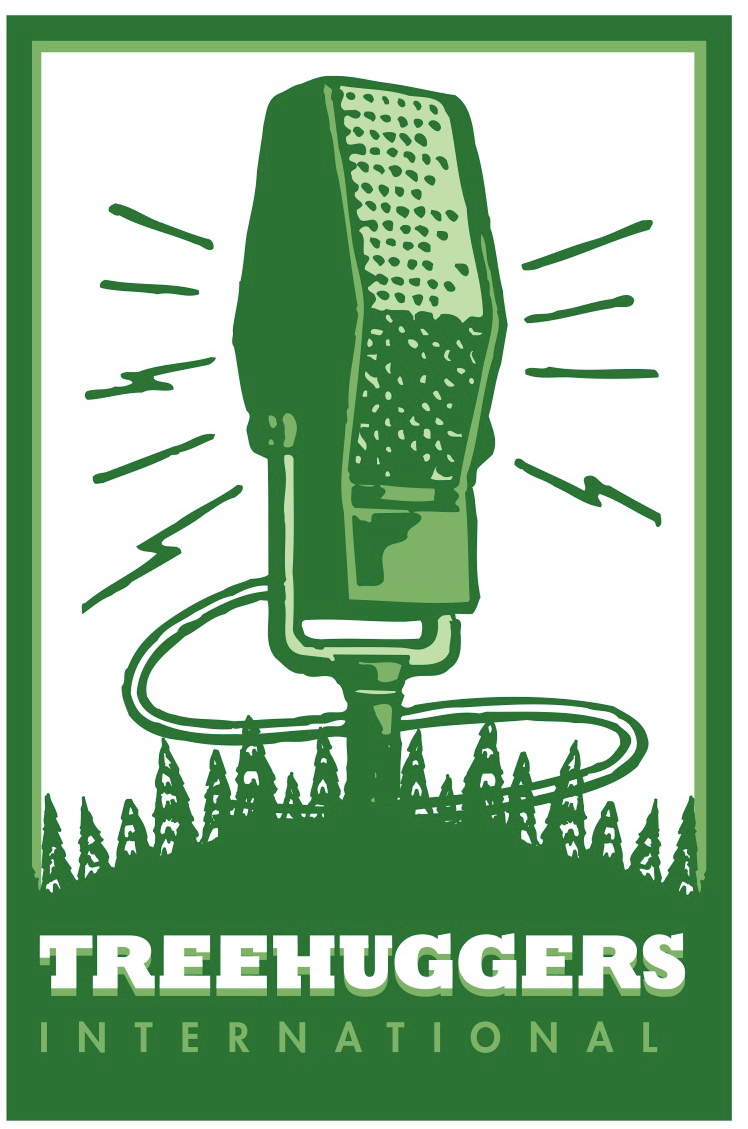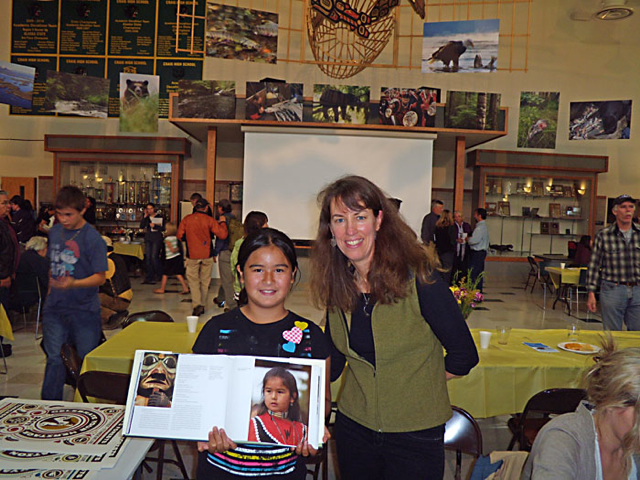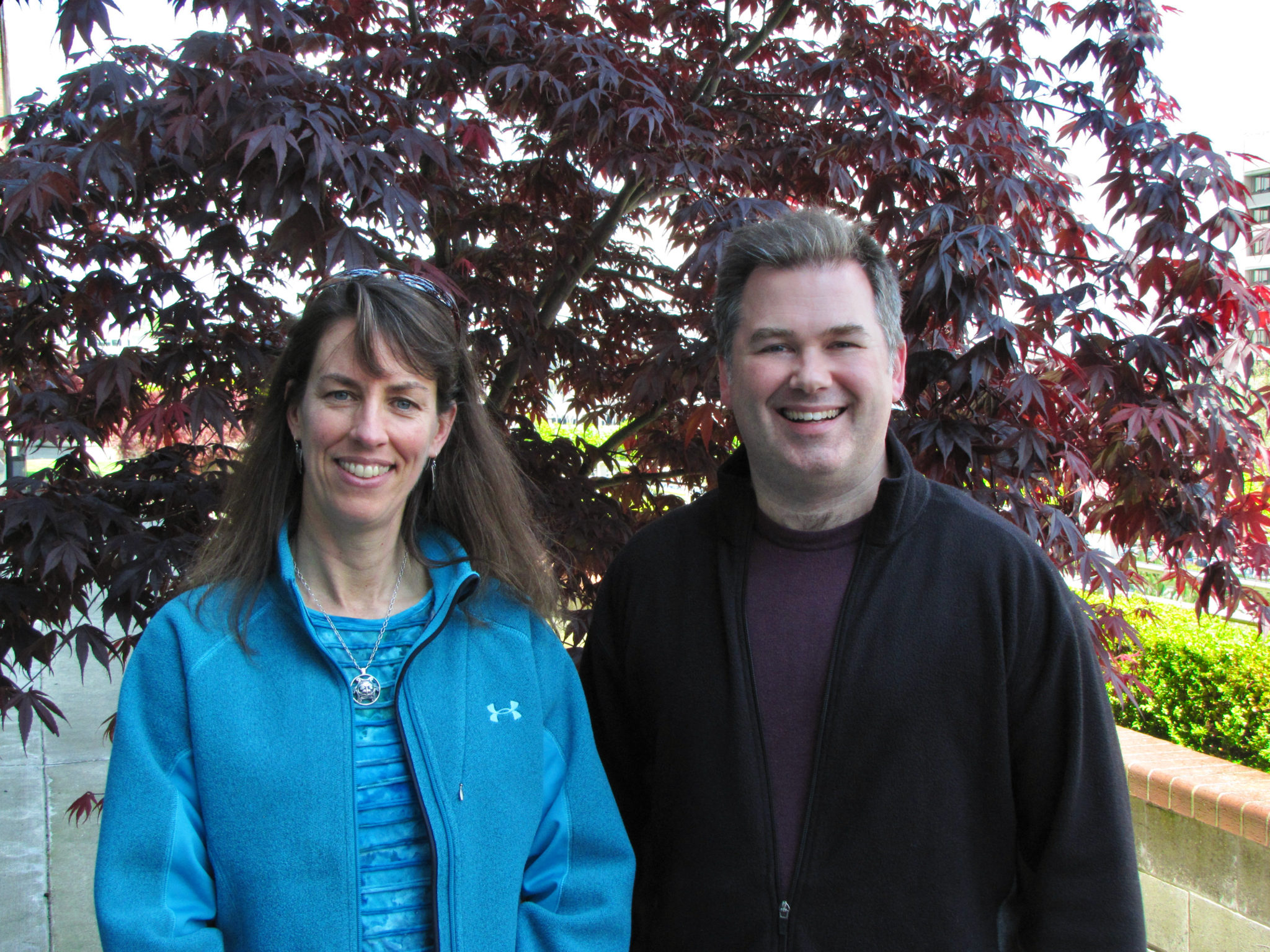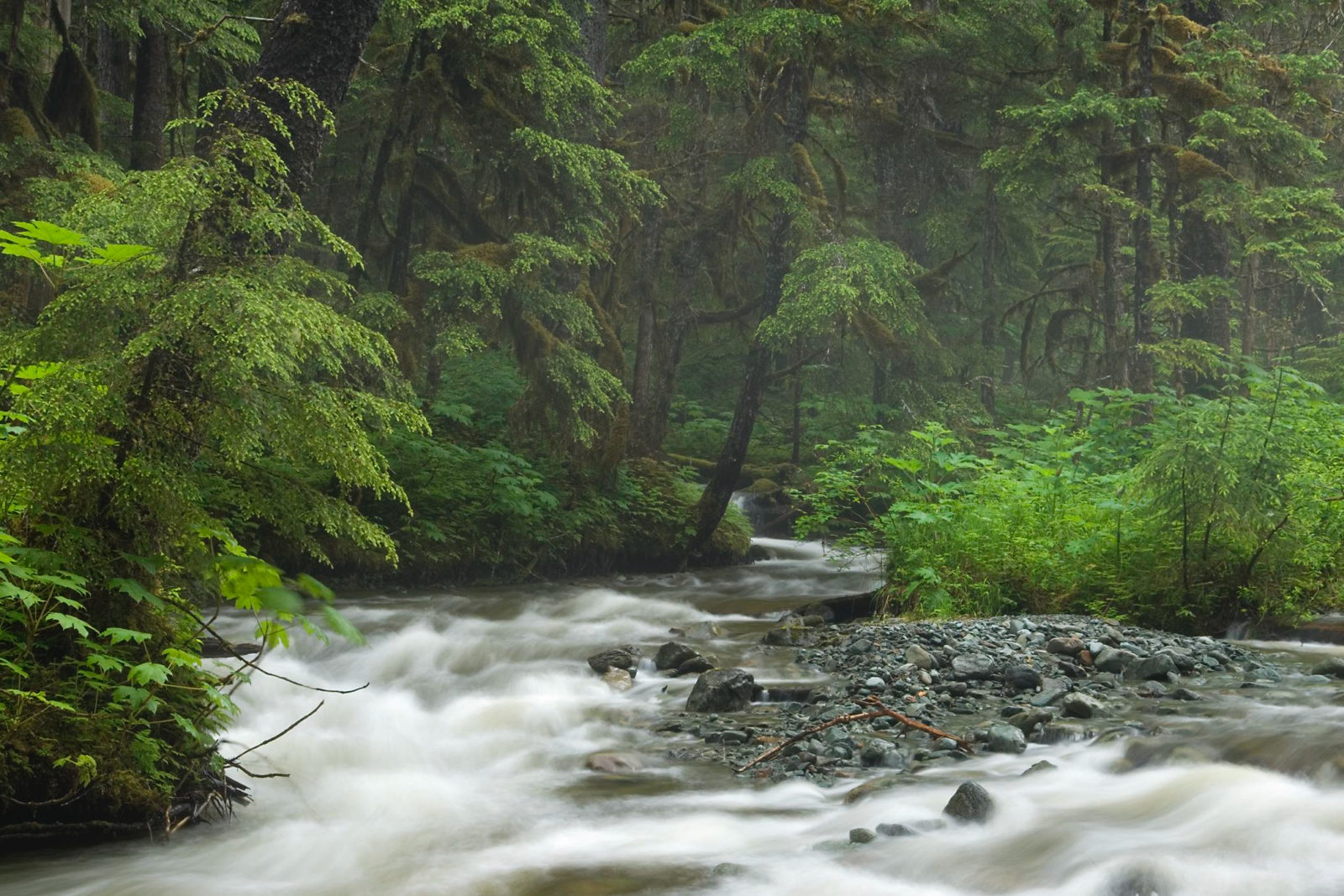 This presentation of Treehuggers International originally aired on Sept. 4, 2011, on KBZT FM 94/9. Special thanks to Greg MacArthur at CBS Radio in Seattle for his help and assistance making this show possible.
This presentation of Treehuggers International originally aired on Sept. 4, 2011, on KBZT FM 94/9. Special thanks to Greg MacArthur at CBS Radio in Seattle for his help and assistance making this show possible.
In conjunction with Braided River and The Mountaineers Books, we’re thrilled to present a conversation with nature photographer Amy Gulick, the creative force behind the book and photographic journey Salmon In the Trees: Life In Alaska’s Tongass Rainforest.
The Tongass National Forest in southeast Alaska is the official designation for the largest surviving component of original temperate rainforest left in North America. The rainforest’s footprint lies along the west side of the Pacific Coast ranges from Prince William Sound in Alaska, all along the coast of British Columbia and Vancouver Island, through the Pacific Northwest of Washington and Oregon, and into the Redwood belt of Northern California.
While this is the largest temperate rainforest eco-region in the world, barely any of its native footprint survives today, with only four or five percent of the original old-growth intact. The lion’s share of that intact, ancient old-growth temperate rainforest lies in the Tongass National Forest in southeast Alaska: along hundreds of miles of coastline, in glacial fjords, and on some 5,000 thousand islands, big and small. It is where the rainforest still reigns supreme.
New Science of an Ancient Cycle of Life
Lush vegetation abounds in the Tongass. At about 17 million acres, or about the size of West Virginia, the forests of the Tongass are known for their prodigious stands of old-growth Sitka Spruce and Western Redcedar, as well as dense growths of epiphytes and mosses. The area is also known for abundant wildlife, driven by the astonishing volume of salmon which pass annually through the region’s watersheds, the bears which consume them, and the amazing cycle of life they all play a part in.
For two years, writer and photographer Amy Gulick paddled and trekked among bears, islands and salmon streams to document the Tongass in its primeval, natural state. At one point she even found herself keeping company with black bears on a riverbank dining on salmon, oblivious to her presence only because of the bounty of food in front of them, literally jumping out of the rivers and streams, as salmon defy gravity to head upstream to spawn.
Salmon in the Trees was chosen to receive a 2011 Nautilus Book Award, which recognizes books which “promote spiritual growth, conscious living, and positive social change,” and is the winner of the 2010 IPPY Award from independent publishers.
Along with spectacular photos of this vibrant, verdant landscape, Salmon In the Trees also features stories and contributions of Alaskans who live in and are dependent upon the forest, essays by Ray Troll and John Straley, and from members of the Tlingit, Haida and Tsimshian nations, whose cultures are deeply interconnected to the cycles of life in Salmon In the Trees.

More about this post at:
- Salmon In the Trees
- Amy Gulick
- Braided River
- The Mountaineers Books
- Alaska Wilderness League
- International Year of Forests
- Juneau Arts and Humanities Council
- Governor’s Reports Says State Should Take Over Tongass Timberland (Alaska Public Radio; 10/17/12)
- Stakeholder Group Backs Tongass Land Exchange (Anchorage Daily News; 9/14/12)
- Alaska’s Tongass Forest Sparks Battle Over Logging (Reuters; 6/17/12)
- Sealaska Targets Biggest Trees In Tongass (Anchorage Daily News; 3/2/12)
- State to Challenge Tongass Roadless Rule (Anchorage Daily News; 6/21/11)
- U.S., Alaska Disagree On Proposed Tongass Roadless Exceptions (New York Times; 5/13/11)
- Celebrate the International Year of Forests (Sitka Outdoor Recreation Coalition; 3/14/11)
- Tongass In Alaska to Get Federal Roadless Protection (Los Angeles Times; 3/7/11)
- Federal Judge Reinstates Roadless Rule In Tongass National Forest (Fairbanks News-Miner; 3/4/11)
- Salmon In the Trees Tells Story of Alaska’s Tongass Forest in Photos (The Oregonian; 6/1/10)
- North Bend Photographer Goes On Book Tour to Save Forest (Snoqualmie Valley Record; 4/13/10)
- Conservationists Say Tongass Case Tests Clinton’s Environmental Resolve (Seattle Times; 10/9/94)

Photos are used by kind permission of Amy Gulick © 2010 and may not be reproduced or used for any other purpose, all rights reserved.
Photo of Amy and Tommy at CBS Radio Seattle © 2011 Tommy Hough, all rights reserved.

